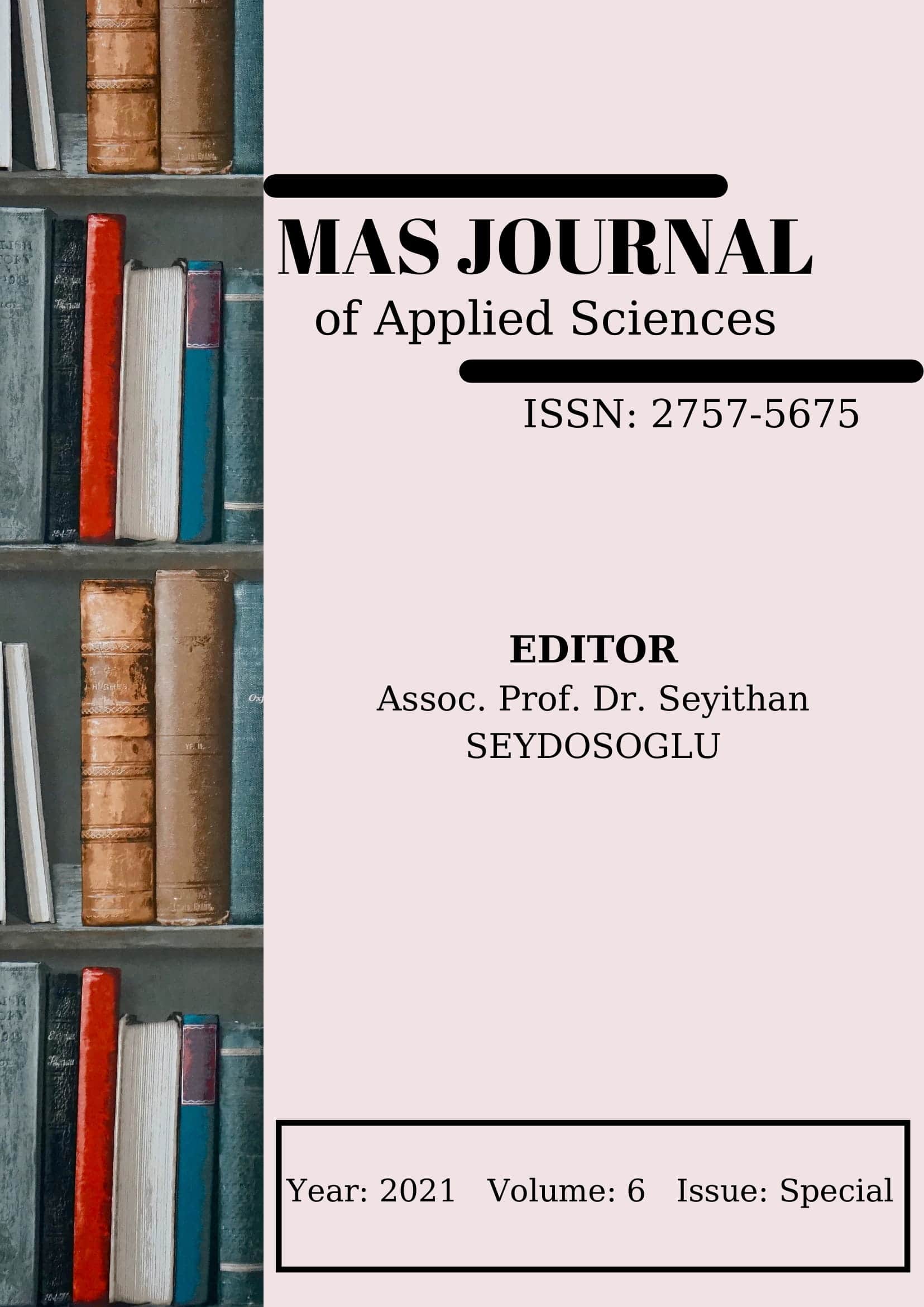In vitro mass propagation of Muscari neglectum Guss. Ex. Ten.
DOI:
https://doi.org/10.52520/masjaps.182Anahtar Kelimeler:
disinfection, regeneration, doubles scales, 2 cm bulbs, rooting, adaptationÖzet
Muscari neglectum Guss Ex Ten, in the Asparagaceae family, is a geophyte with blue flowers, distributed in Mediterranean countries including Turkey, South East England, Central Russia, Caucasus and, Iran. It is a species that is gradually decreasing in its natural habitats due to increased urbanization and many other anthropological factors. Therefore, rapid reproduction of the plant with tissue culture studies for conservation is of particular importance. For this purpose, M. neglectum bulbs were disinfected in 80% commercial bleach for 20 minutes. This was followed by culturing double scales, and the bulbs obtained in vitro to regenerate on a medium containing different concentrations of 6-Benzylaminopurine (BAP) and 1-Naphthaleneacetic acid (NAA). The highest bulb regeneration (8 bulblets) from double scale explants was observed on MS medium containing 4 mg/L BAP+0.5 mg/L NAA. A maximum primer bulblet diameter of 0.48 cm was noted on MS medium containing 2 mg/L BAP+2 mg/L NAA using 2 cm bulbs. The number of secondary bulbs ranged from 1.00-3.64. All of these bulbs are rooted in MS medium. The highest rooting (7.83 roots/bulb) was observed on the bulbs taken from the medium containing 2 mg/L BAP-2 mg/L NAA. The longest root formation was obtained from the bulbs with 14.2 cm on 2 mg/L BAP-0.5 mg/L NAA. Bulbs were transferred to pots and their adaptation to the soil was ensured.
İndir
Yayınlanmış
Nasıl Atıf Yapılır
Sayı
Bölüm
Lisans
Telif Hakkı (c) 2021 Yayımlanan makalenin telif hakları yazarına aittir.

Bu çalışma Creative Commons Attribution-NonCommercial 4.0 International License ile lisanslanmıştır.


